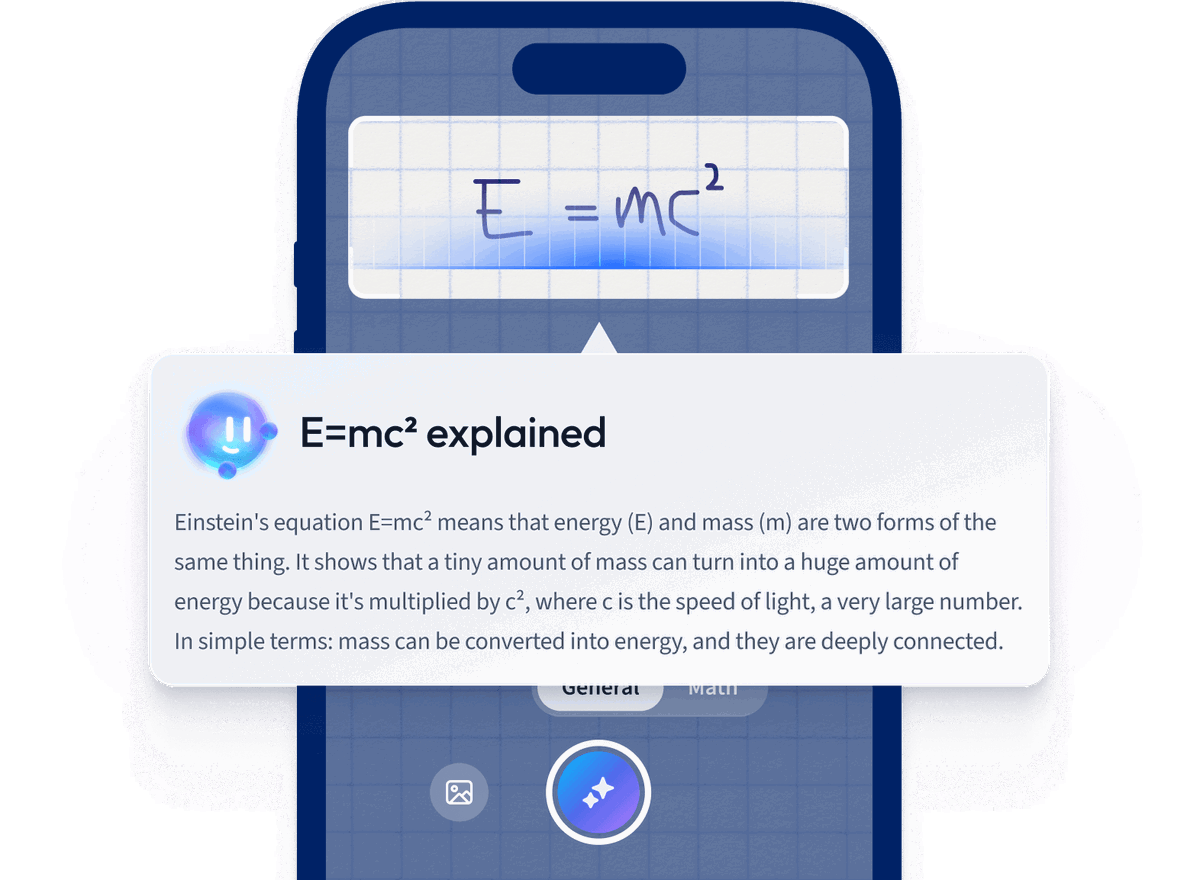Biological carbon sequestration: what is terrestrial sequestering?
On land, carbon is sequestered by plants through photosynthesis. The carbon is then returned to the atmosphere through the respiration of consumers. Let’s look at this in more detail below.
- Terrestrial primary producers are land plants that are the first organisms in the food chain. They can make their own energy from sunlight and carbon dioxide through photosynthesis – a process in which green plants sequester carbon dioxide through chloroplasts in their leaves to produce energy.
- Consumers are organisms that eat the other organisms below them in the food chain. Primary consumers are the first organisms to eat plants. These consumers return the carbon, which the primary producer sequestered, to the atmosphere through the process of respiration. Respiration is how living organisms release carbon dioxide into the atmosphere.
- Decomposers consume dead organic matter and return the carbon to the atmosphere through respiration.
- Photosynthesis: the process in which green plants sequester carbon dioxide through chloroplasts in their leaves to produce energy.
- Respiration: the process by which living organisms release carbon dioxide into the atmosphere.
Biological carbon sequestration: what is oceanic sequestering?
The whole process of carbon entering and moving around the ocean is called the carbon pump. Phytoplankton sequester atmospheric carbon during photosynthesis in ocean waters. This carbon then transforms into terrestrial carbon or biological carbon before returning to the atmosphere.
Sequestration by phytoplankton
Phytoplankton sequester carbon dioxide from the atmosphere through the process of photosynthesis. As this happens, they build their shells from calcium carbonate. The carbon in the atmosphere is transformed into biological carbon. Other organisms, such as zooplankton, then consume these organisms. As these consumer organisms respire, some carbon is returned to the atmosphere.
Can you remember what phytoplankton are? They are microscopic organisms that live in water.
Carbonate shell sink
When phytoplankton and other aquatic organisms die, they sink to the ocean floor. These organisms accumulate as sediment and eventually transform into sedimentary rock, which is decomposed by bacteria. This process returns carbon into the ocean in the form of dissolved organic carbon.
Thermohaline circulation
Thermohaline circulation is the global movement of water. Slight temperature changes can change the operation of both the thermohaline circulation and carbonate pump. Cold water sinks to the bottom of the ocean whilst warm water rises to the surface. Because warm Caribbean water passes the United Kingdom (UK) as it moves northward towards the poles, the UK is relatively warmer compared to other locations at the same latitude.
Examples of landscapes that sequester biological carbon
Here are two examples of landscapes that sequester biological carbon:
Mangroves
Mangroves found at tropical coastlines sequester 1.5 metric tonnes of carbon per hectare every year. Soils found in mangrove forests consist of layers of litter, humus, and peat, which contain over 10% carbon. These soils are submerged beneath the tidal water twice a day, making them anaerobic (without oxygen). Due to the lack of oxygen, the breakdown of biological material by biological decomposers takes a lot longer.
Tundra soils
Tundra regions of the world have permanently low temperatures, so ancient carbon is permanently frozen in the soil because no microbe activity decays the material. Tundra regions are massive carbon stores, holding carbon for hundreds of thousands of years.
 Example of a mangrove, pixabay
Example of a mangrove, pixabay
Biological Carbon Sequestration - Key takeaways
- The biological process for sequestering carbon on land and in oceans differs.
- Terrestrial sequestering is when terrestrial primary producers (plants) photosynthesise by taking in carbon dioxide, which is then returned to the atmosphere through the respiration of consumers.
- Oceanic sequestering is when phytoplankton sequester atmospheric carbon during photosynthesis in ocean waters. This carbon then transforms into terrestrial carbon or biological carbon before returning to the atmosphere.
- Temperature changes can influence thermohaline circulation. Thermohaline circulation refers to the global movement of water and affects the carbonate pump.
- Different landscapes sequester carbon in different ways. For example, mangrove forests, which sequester 1.5 metric tonnes of carbon per hectare every year, and tundra soils, which have frozen carbon with no microbe activity to decay material.
How we ensure our content is accurate and trustworthy?
At StudySmarter, we have created a learning platform that serves millions of students. Meet
the people who work hard to deliver fact based content as well as making sure it is verified.
Content Creation Process:
Lily Hulatt is a Digital Content Specialist with over three years of experience in content strategy and curriculum design. She gained her PhD in English Literature from Durham University in 2022, taught in Durham University’s English Studies Department, and has contributed to a number of publications. Lily specialises in English Literature, English Language, History, and Philosophy.
Get to know Lily
Content Quality Monitored by:
Gabriel Freitas is an AI Engineer with a solid experience in software development, machine learning algorithms, and generative AI, including large language models’ (LLMs) applications. Graduated in Electrical Engineering at the University of São Paulo, he is currently pursuing an MSc in Computer Engineering at the University of Campinas, specializing in machine learning topics. Gabriel has a strong background in software engineering and has worked on projects involving computer vision, embedded AI, and LLM applications.
Get to know Gabriel












